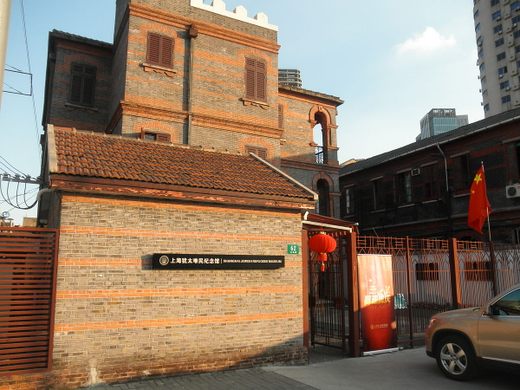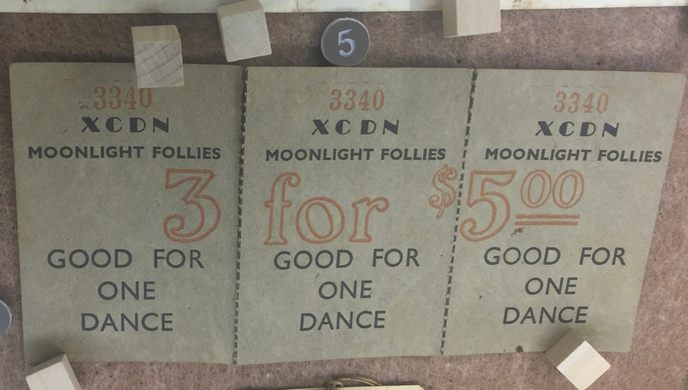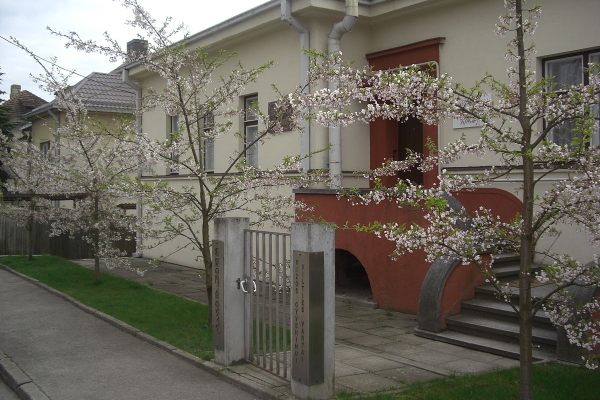Shanghai Jewish Refugees Museum
A wall within the institution displays the names of 13,000 Jews who took refuge in the city during World War II.
Just a 20-minute car ride northeast of Shanghai’s elegant Xiantiandi neighborhood and a quick half-hour walk from the tourist-choked esplanade of The Bund is a museum that represents one of history’s darkest hours and one of the city’s finest. The Shanghai Jewish Refugees Museum chronicles not only the lives of the Jews who emigrated here during World War II but, to a certain degree, those of the Chinese who took them in.
Situated in Hongkou, an area once known as the Shanghai Ghetto, the cornerstone of this small complex of buildings is the Ohel Moshe Synagogue, one of only two synagogues still standing in Shanghai (there were once six). While the downstairs area remains a place of worship, the upstairs floors are devoted to exhibit space and a screening area that runs films about the Jewish experience in Shanghai.
Artifacts within the museum range from the deeply personal to the globally historic. Among the many extraordinary pieces are unused tickets from the Moonlight Follies, a variety show put on by local refugees to benefit the British War Fund. Also here are ephemera that show proof of passage on one of the Italian ships that carried refugees from Europe to Shanghai, documents that were literally lifesavers for their holders. Copies of the Shanghai Jewish Chronicle newspaper and souvenir programs from the Shanghai Musicians Association’s “Midnight Ball” are displayed here, as are many sentiments of gratitude toward the Shanghainese. There’s even a wedding dress given to the museum by Betty Grebenschikoff, a Jewish refugee who would later pass down the dress to both her daughters on their respective wedding days.
Most striking, perhaps, is a wall that runs almost the length of the museum’s courtyard. On it are the embossed names of the more than 13,000 Jews who took refuge in the city during the war. Looking at the columns and columns of names, you can’t help but realize that in contrast to so many other monuments such as the Vietnam Veterans Memorial in Washington, D.C. or the 9/11 Memorial in New York City, the names on this wall are of survivors, making it a poignantly atypical war memorial.





















Follow us on Twitter to get the latest on the world's hidden wonders.
Like us on Facebook to get the latest on the world's hidden wonders.
Follow us on Twitter Like us on Facebook